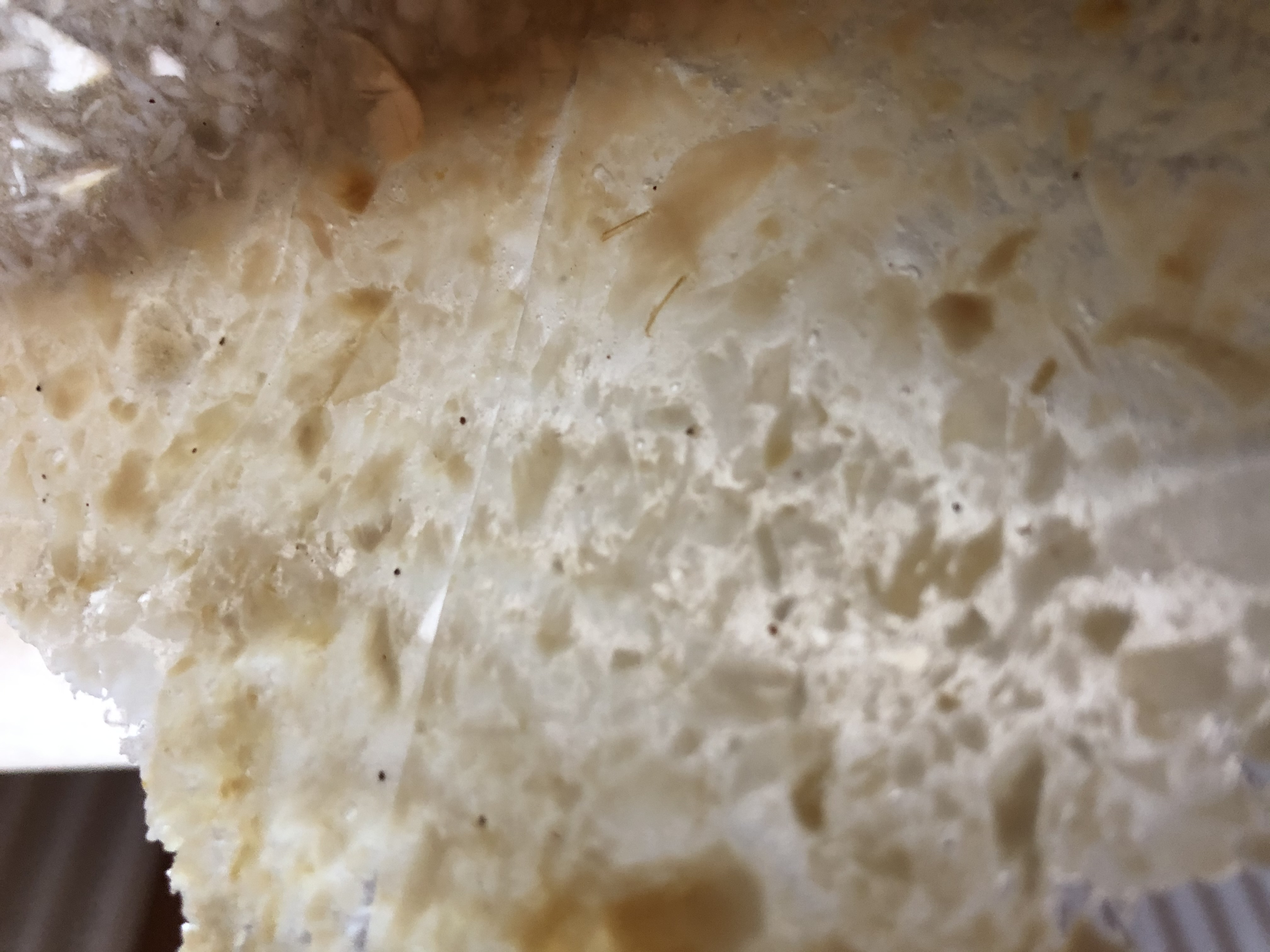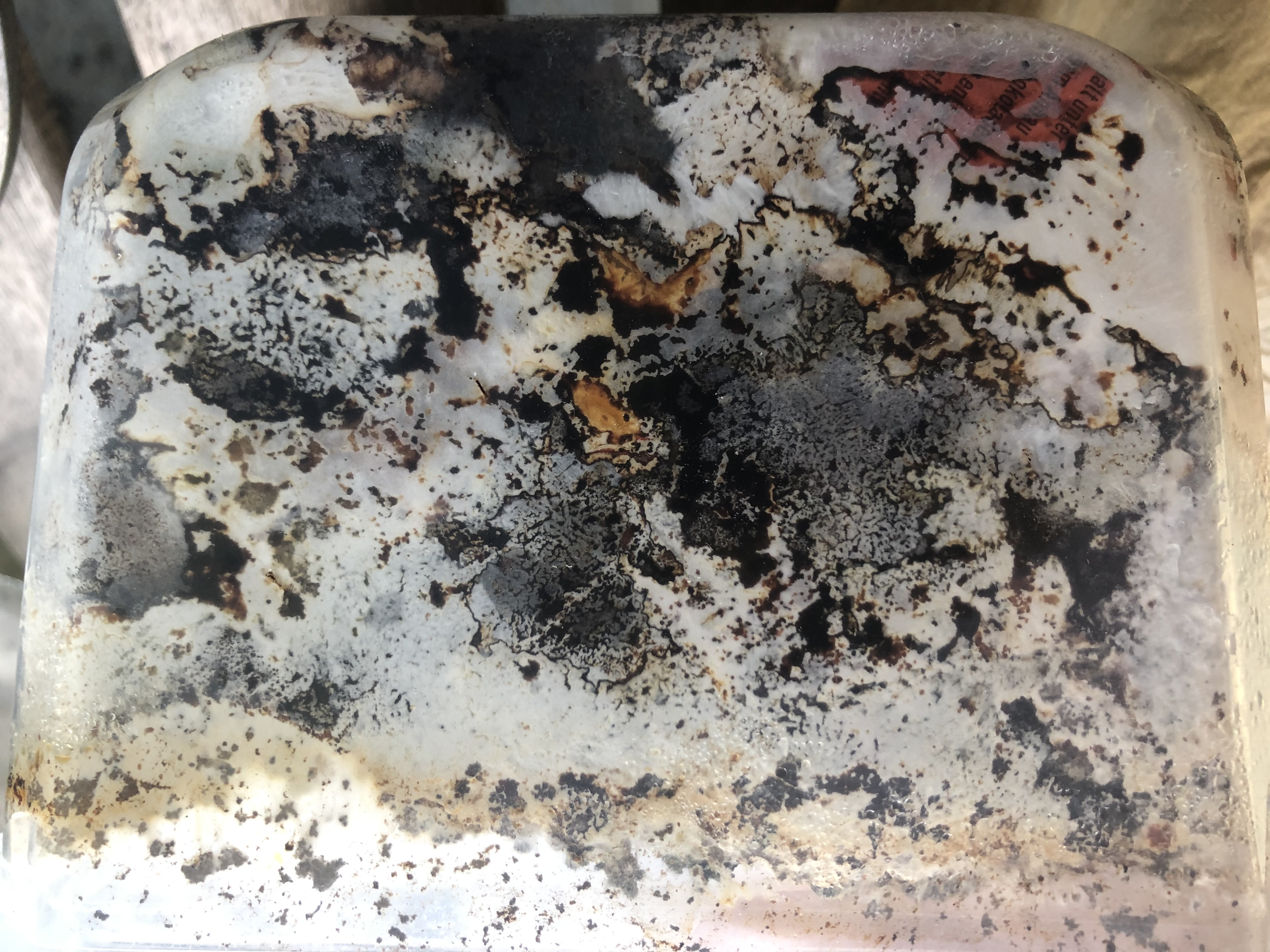Bioplastic Degradation
- Let Fungi Eat Your Trash-

Introduction
The biodegradability of bioplastic materials and the ability of organisms to metabolize them are only useful in minimizing pollution if we create the conditions for the two to come together. Plastic that enters the ocean is transformed into microplastic particles by wave friction and radiation, making the degradation process difficult because the particles are too small to allow attachment by bacterial cultures or algae. Additionally, our waste system is not designed to biodegrade biodegradable plastic, but instead, it is incinerated like conventional plastic1. Fungi have over the process of evolution developed enzymes with the ability to degrade recalcitrant natural substances (e.g. lignin). Those enzymes are of high interest for the degradation of recalcitrant anthropogenic substances with a similar structure. Evidence of this has been seen in the ability of Pleurotus ostreatus to decompose green polyethylene2.
The basis of this project is formed by the consideration of how it can be possible to give meaning to the invention and production of biodegradable plastic materials by making it truly biodegradable and allowing all people at home to dispose of used bioplastic without being dependent on the poor disposal system. This gave rise to the idea of designing a sustainable cycle of bioplastic.
The basis of this project is formed by the consideration of how it can be possible to give meaning to the invention and production of biodegradable plastic materials by making it truly biodegradable and allowing all people at home to dispose of used bioplastic without being dependent on the poor disposal system. This gave rise to the idea of designing a sustainable cycle of bioplastic.


Concept
Degradation
The degradation of the plastic film is done by the biological decomposition of the material by fungi. However, the fruiting bodies of the fungus should not be eaten, because possibly toxic substances could be contained in the ink.
Production
To create a sustainable cycle and recycle residual materials, the fruiting body and mycelium will be used to produce bioplastic materials. As the main plastic product is foil from packaging, a biodegradable plastic foil will be created.
Experiments
Decomposition of the bioplastic
Compostable plastic was disinfected and used as a substrate for the growth of an oyster mushroom (Pleurotus ostreatus) culture. Additionally, the substrate was enriched with paper, cardboard and coffee grounds.
Crafting of the bioplastic
Mycelium and fruiting bodies were extracted to produce a biodegradable plastic material. Furthermore, only biodegradable substances were processed: Agar agar, glycerin and starch.




Conclusion & Outlook
Oyster mushrooms have proven to be a suitable species for initial trials of a sustainable plastic degradation system at home. Especially since, unlike bacteria, they do not become a potential health risk when cultivated. However, there are also difficulties in the cultivation of oyster mushrooms. For example, contamination with mold has been found to be a problem that interferes with the oyster mushroom's ability to metabolize the plastic material. Contamination could be circumvented by designing a sterile grow box.
Crafting applicable plastic is difficult. The materials created represent initial experiments, but they cannot yet be utilized in this form. It seems important to examine the properties of the fruiting bodies and the mycelium and to incorporate the knowledge of their properties into the process of material production. Each fungus has different properties, which also offer a diverse range of materials. It would be interesting to investigate the properties of other known plastic-decomposing fungi, such as Pestalotiopsis microspora3.
For the future, I could imagine working on a bioreactor where a combination of fungi, algae and bacteria work together to recover CO2 from plastic materials and convert it to oxygen and then use those actors to create a new bioplastic material. For me, these processes are still interconnected because I believe in creating a circular system in order to meet the sustainability that the world needs at this moment rather than merely making a product.
References
[1] European Environmental Citizens Organisation for Standardisation, European Environmental Bureau, Zero Waste Europe, Surfrider Foundation Europe, and Friends of Earth Europe. Joint position paper - Bioplastics in a Circular Economy: The need to focus on waste reduction and prevention to avoid false solutions. https://zerowasteeurope.eu/wp-content/uploads/2017/03/Joint-position-paper_Bioplastics-in-a-Circular-Economy-the-need-to-focus-on-waste-reduction-and-prevention-to-avoid-false-solutions_Jan-2017.pdf
[2] da Luz, J. M., Paes, S. A., Ribeiro, K. V., Mendes, I. R., & Kasuya, M. C. (2015). Degradation of Green Polyethylene by Pleurotus ostreatus. PloS one, 10(6), e0126047. https://doi.org/10.1371/journal.pone.0126047
[3] Russell, J. R., Huang, J., Anand, P., Kucera, K., et al (2011). Biodegradation of polyester polyurethane by endophytic fungi. Applied and environmental microbiology, 77(17), 6076–6084. https://doi.org/10.1128/AEM.00521-11
[2] da Luz, J. M., Paes, S. A., Ribeiro, K. V., Mendes, I. R., & Kasuya, M. C. (2015). Degradation of Green Polyethylene by Pleurotus ostreatus. PloS one, 10(6), e0126047. https://doi.org/10.1371/journal.pone.0126047
[3] Russell, J. R., Huang, J., Anand, P., Kucera, K., et al (2011). Biodegradation of polyester polyurethane by endophytic fungi. Applied and environmental microbiology, 77(17), 6076–6084. https://doi.org/10.1128/AEM.00521-11